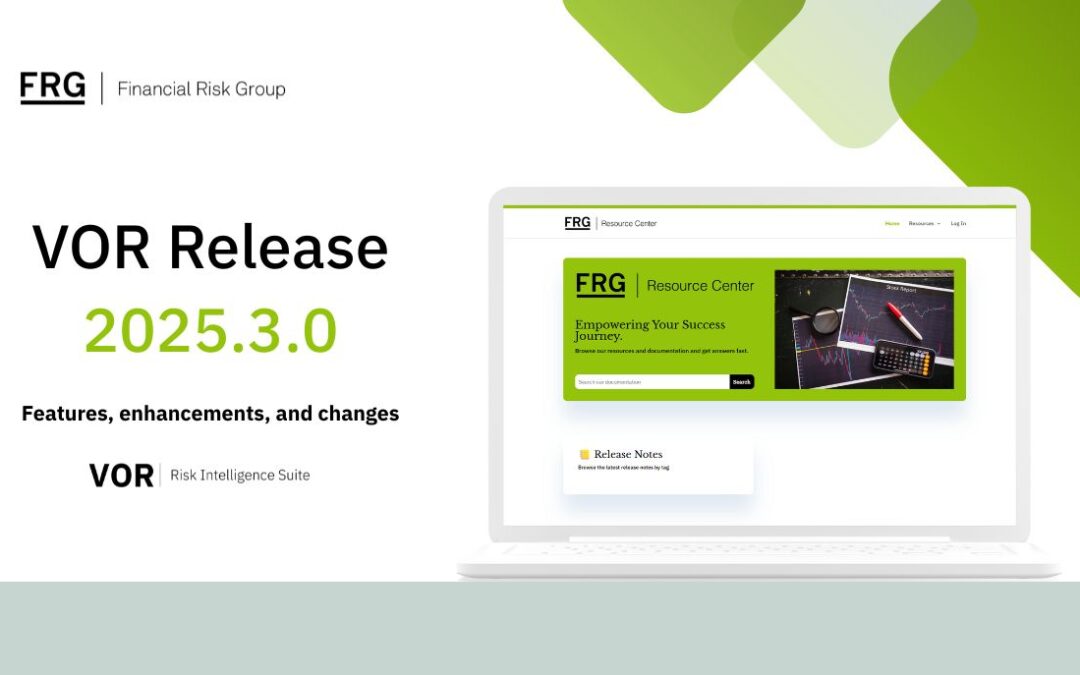An even better VOR is out now. Here are the latest features, enhancements, and changes:
VOR Workbench
Process and Node Labels
You can now use business-related labels for processes and nodes in streams. If you add a label to a process or node description it will show up in the Waterways -> Process Viewer when you hover over the process/node or click on the information icon. (see Figure 1).
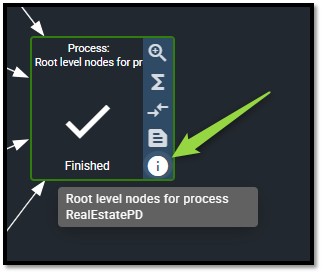
Figure 1 – Business-related labels for nodes
Interactive Queue Inspection
Now, if you click on the queues in the Waterways -> Process Viewer the names of the queues are displayed. If you further click on specific queue names, the fields and their attributes are displayed. (see Figure 2 and 3).
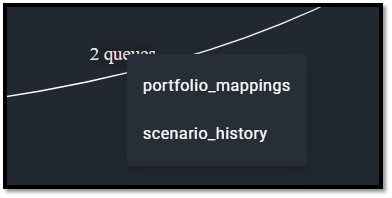
Figure 2 – Clicking on the queues will now display the names of the queues used in the sub-processes.
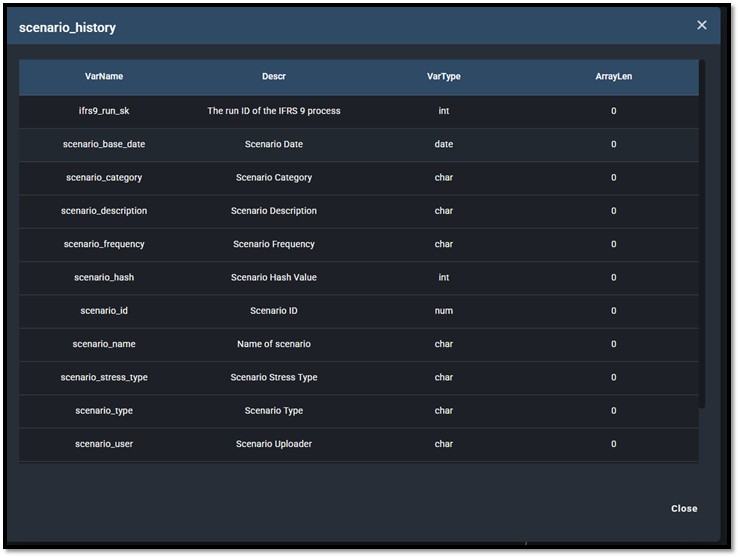
Figure 3 – Example of drilling down on the scenario_history queue from Figure 2 to view the variables on the queue.
Unsaved Changes Warning
We have enhanced the functionality to prevent you from losing valuable work. Now all screens in the VOR Workbench will warn you if you have unsaved changes and attempt to navigate away.
Enhanced Search and Filtering
We have improved the search capabilities in the Build Study, Data Management, and Filter screens, so it is even easier to find what you are looking for.
Enhanced Error Messages
In our ongoing effort to improve messaging and convey technical issues in a business-relatable way, we have made the error messages for uncaught errors and connection issues on the Workbench even clearer.
Excel Viewer
Now you can view all spreadsheets on the Workbench in an Excel-like viewer. This new feature comes with built-in ribbon for you to interact with the spreadsheet data and is available in the Upload and Run Studies screens (see Figure 4).
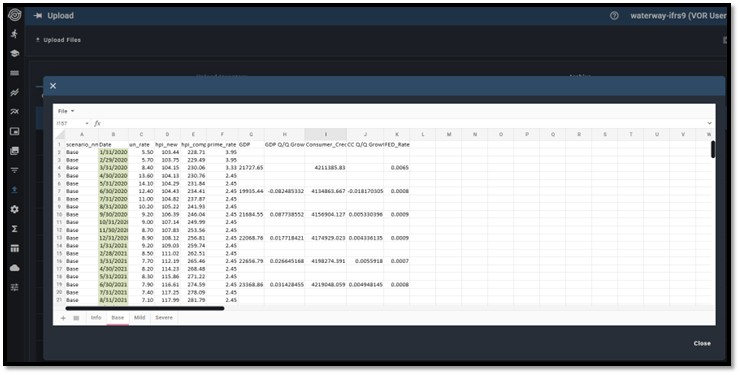
Figure 4 – Excel-like table viewer is now available for uploads and viewing study results.
Dark Mode Improvements
We have enhanced the contrast and readability in dark mode on all screens.
Enhanced Security and Authentication
Secure Database Connections
With this new release, database nodes use Vault-managed credentials with group-based access control.
Advanced OIDC Integration
We have added new group synchronization and mapping capabilities for enterprise authentication.
Memory Profiling
Python nodes now support memory profiling for better performance analysis.
Improved Statistics
We have improved the handling of observation counts for output files.
Queue Performance
We have resolved the memory growth issues in Python queue operations.
Administrative Tools
Consul-like Dashboard
Now, when you issue the new vor show connections -d command in the CLI, you will see a real-time Consul-like connection monitor (see Figure 5 and Figure 6).
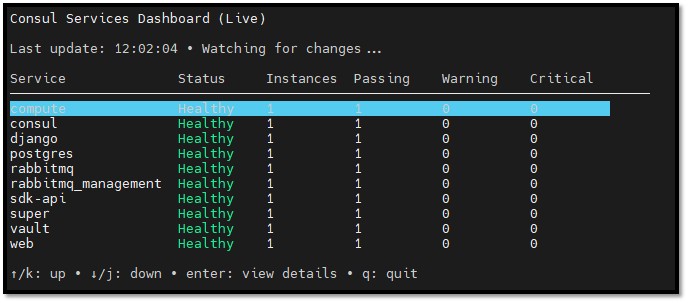
Figure 5 – New VOR Services Dashboard

Figure 6 – Drill-down available in the new VOR Services Dashboard
Enhanced Playpen Management
We have added functionality to clean up all related database records when a playpen is deleted:
vor delete playpen <name> # Removes playpen and all associated data
Changes Requiring Migration
Database Connection Configuration
Database nodes now require secure connection configurations stored in Vault. This improvement means that all credentials are encrypted and centrally managed, that database connections now have group-based access control, and that SSL/TLS configurations are supported. This change affects all IO nodes connecting to databases.
How To Migrate Existing IO Nodes:
- Use vor create secret to configure database connections interactively
- Remove database credentials stored in environment variables in the hosts.ini file
- Update node definitions to reference the new connection names in one of the locations below (see Setting up Database Connections for more details)
- System-wide via Consul
- At the playpen level in config.yaml
- At the individual node level
Redirect URI Flow Changes for CLI Login
CLI login authentication callbacks now route through the web server instead of directly to the VOR Stream Mid-Tier (Super). This change reduces the number of open ports, centralizes and standardizes security flows, and improves performance. This change will cause CLI logins to fail until migration is completed.
How to Migrate:
- Update allowed redirect URIs in your OAuth provider configuration to allow https://<WEB_HOSTNAME>:<WEB_SSL_PORT>/oidc/callback
- Refer to the VOR Administrative Guide for more details
New Stream Features
Authentication and Security
Mirror Groups on OIDC Login
You can now keep application groups perfectly synchronized with your identity provider:
oidc_providers: - name: your-provider mirror_groups: true # Remove all groups and apply only from IdP
Identity Token Group Mapping
Now you can map external identity provider groups to VOR Stream groups:
groups_claim_mappings: "external-group-id": - "VOR Power Users" - "Custom Department Group" default_groups: - "VOR Basic Users"
Process Management
Process Labels
We have added functionality to make your processes and nodes self-documenting with business-related labels:
in data.csv -> input label="Load Customer Data" node transform(input)(output) label="Apply Business Rules" out output -> results.csv label="Save Processed Results"
Signal-Based Synchronization
Output nodes can now wait for signals before writing:
out results -> output.csv getsig=processing_complete label="Write Final Results"
Important Fixes
Stability Improvements
- Fixed race condition preventing nil pointer dereference in getData
- Resolved Python node hangs when import statements are missing
- Fixed RabbitMQ connection issues with special characters in passwords
- Addressed “text file busy” errors when executing binaries
UI Fixes
- Process viewer tooltips now readable with theme changes
- Model performance sliders properly update estimates
- Fixed search functionality across multiple screens
- Resolved Excel date detection issues
Data Processing
- Corrected queue limit handling preventing hangs
- Fixed SAS variable dropping before queue writes
- Improved SQL node count expectations for multiple outputs
Notes on Upgrading
Before Upgrading
- Review the breaking changes section above
- Plan migration of database connections to Vault
- Test OIDC group mappings in a non-production environment
After Upgrading
- Run vor create secret for each database connection
- Define database connections at system, playpen, and/or node levels
- Update oidc_providers.yaml if using new group mapping features
- Consider adding labels to existing processes for better UI experience
Configuration Updates Needed
For advanced OIDC configurations, update your oidc_providers.yaml:
oidc_providers: - name: your-provider # New group management options mirror_groups: false default_groups: - "Default Users" groups_claim_mappings: "external-id": ["VOR Group"] staff_groups: - "VOR Admins" superuser_groups: - "VOR Super Admins"
Dependencies and Security
- Updated Django to 4.2.22 (CVE-2025-48432)
- Upgraded Jinja2 to address CVE-2025-27516
- Updated golang.org/x/crypto to address security vulnerabilities
- Multiple dependency updates for improved security and performance
Documentation
- Enhanced Risk Factor Curves documentation
- Updated release documentation to use calendar versioning
- Improved IO node documentation with clarification for where option
- Added comprehensive port and networking reference
Acknowledgments
This release includes contributions addressing over 150 issues and improvements. Special thanks to all contributors who helped make VOR Stream more secure, user-friendly, and powerful.
For detailed guides and technical documentation, please refer to the VOR Stream Documentation.

